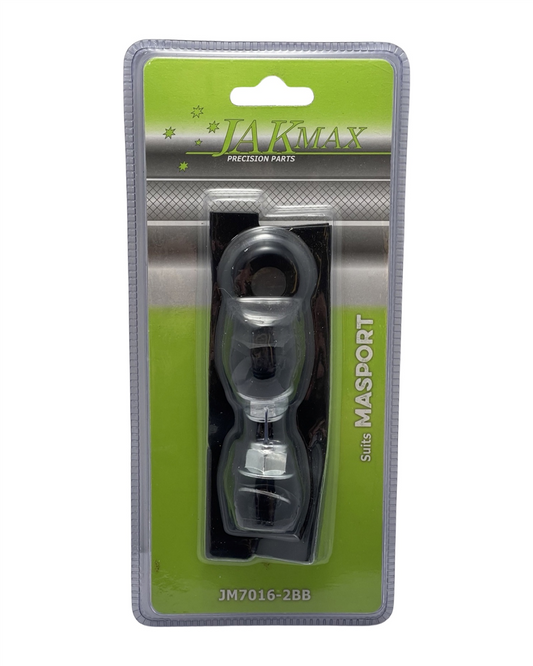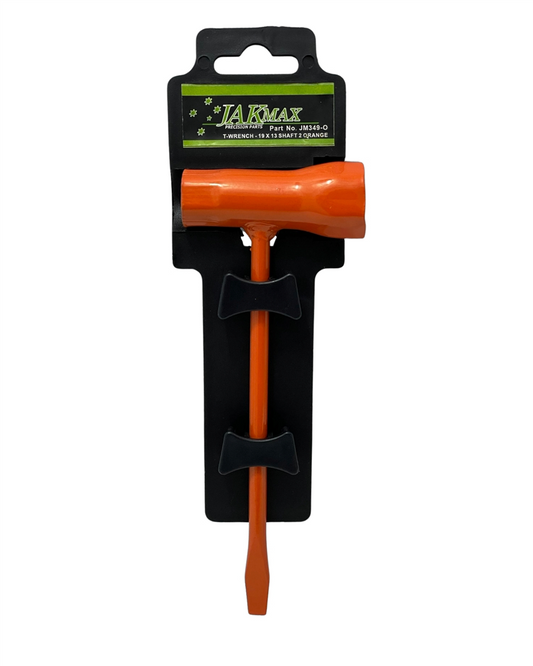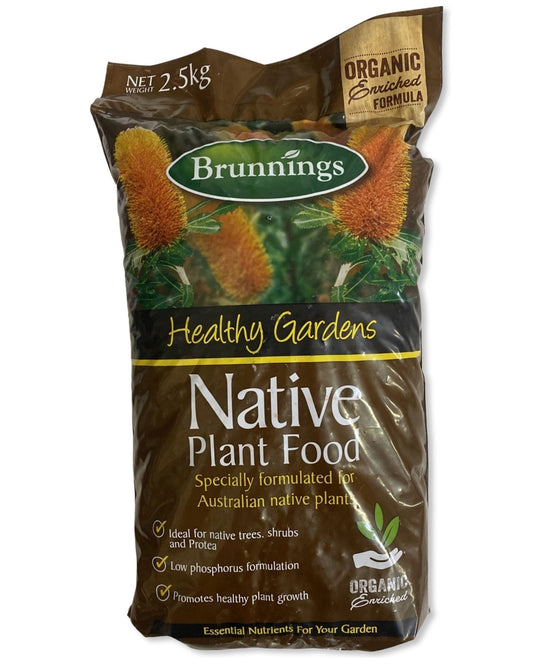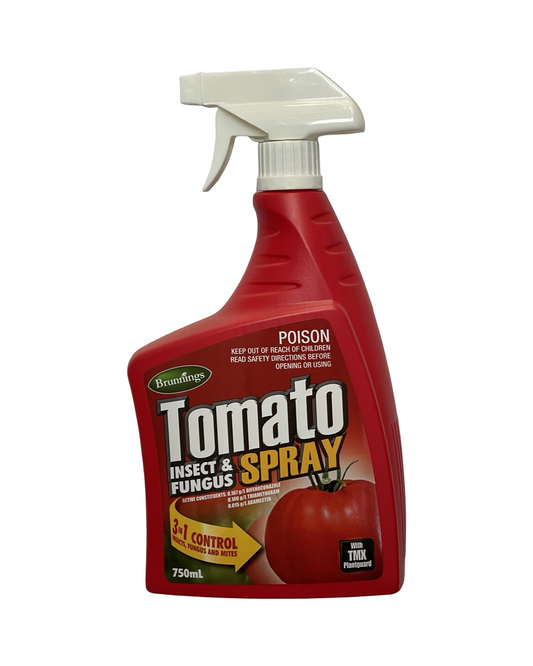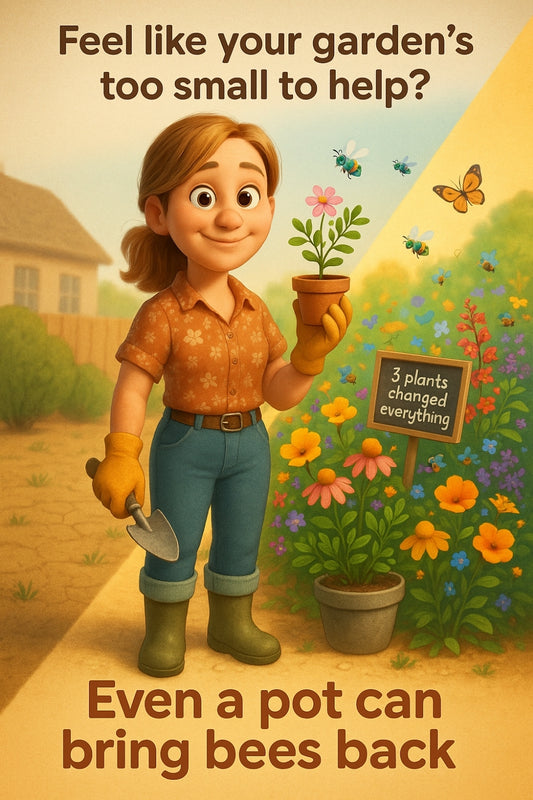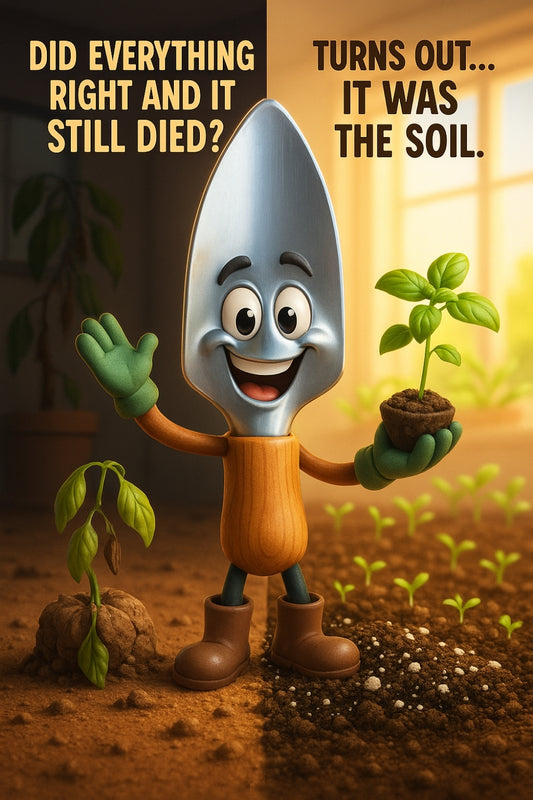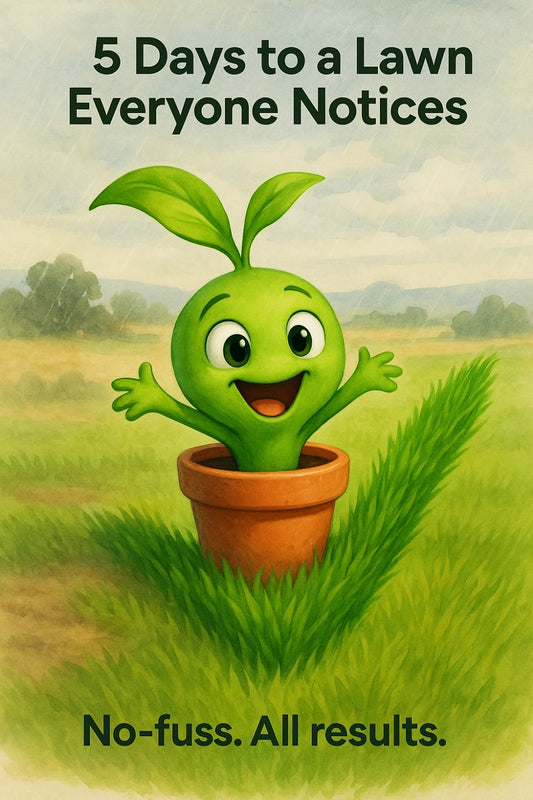The beginner’s guide to creating a soil care routine
Share
How to Keep Your Soil Healthy and Thriving All Year Round
So, you've got a garden, or at least the dream of one. Maybe you’ve even braved the aisles of a garden centre, staring at bags of soil like they hold the secrets of the universe. Well, they kind of do. The health of your garden starts from the ground up—literally! If you've ever wondered why some gardens flourish while others seem to struggle, the answer is often hiding beneath the surface.
Why Soil Care Matters More Than You Think
Great soil is like a solid foundation for a house. Without it, everything on top becomes a bit of a disaster waiting to happen. Healthy soil gives your plants the nutrients they need, improves water retention, and supports those tiny, hardworking microbes that keep things running smoothly. Neglect your soil, and you'll be dealing with sad, lifeless plants that refuse to grow, no matter how much you pamper them.
Step 1: Get to Know Your Soil
You wouldn’t start a new hobby without a little research, right? The same goes for soil. Grab a handful and take a good look. Is it sandy and dry? Clay-like and sticky? Rich and crumbly? Each type has its own personality and needs different care.
- Sandy soil drains quickly and needs organic matter to retain moisture.
- Clay soil holds onto water a little *too* well and could use some aeration.
- Loamy soil is the jackpot—well-balanced and full of nutrients.
If you're unsure, a simple pH test kit from your local garden centre can help you understand your soil’s acidity or alkalinity. This little test will guide you in choosing the right amendments to keep things balanced.
Step 2: Feed Your Soil—Not Just Your Plants
Plants love to eat, and so does your soil. Organic matter like compost, worm castings, and aged manure bring life back into the ground. Think of compost as a home-cooked meal packed with everything your soil needs to stay healthy.
Adding mulch not only keeps moisture locked in but also breaks down over time, enriching the earth beneath. A mix of straw, bark chips, or even fallen leaves helps create a bustling ecosystem full of beneficial microbes.
Step 3: Keep Your Soil Breathing
Good soil structure is everything. Compacted soil suffocates plant roots, making it harder for water and nutrients to move around. You can improve airflow in your garden beds by:
- Using a garden fork to gently loosen compacted areas.
- Avoiding heavy foot traffic in planting zones.
- Growing cover crops like clover or mustard during off-seasons to keep the ground aerated.
Step 4: Water Smart, Not Hard
Overwatering is one of the easiest mistakes to make. Instead of drowning your plants, water deeply and less often. Deep watering encourages roots to grow further down into the soil, making them stronger and more resilient during dry spells.
Early mornings or late afternoons are the best times to water. It gives plants a chance to soak up moisture before the heat kicks in. A layer of mulch also helps to keep water from evaporating too quickly.
Step 5: Rotate, Rest, and Refresh
Planting the same thing in the same spot year after year drains soil of specific nutrients, leading to tired, depleted earth. A simple rotation plan can keep your garden lively and productive.
- Move plants around each season to prevent nutrient depletion.
- Let some areas rest by planting nitrogen-fixing legumes like peas or beans.
- Add fresh compost in between plantings to replenish nutrients.
Step 6: Let the Microbes Do Their Magic
Soil is full of microscopic life that works behind the scenes to keep everything balanced. Avoiding chemical-heavy fertilisers and pesticides helps maintain a thriving ecosystem. Natural fertilisers, like seaweed solutions or fish emulsions, feed beneficial microbes without harming the environment.
A Little Effort, Big Rewards
Taking care of your soil isn’t complicated, but it does require a little consistency. With just a few simple habits—feeding, aerating, watering wisely, and rotating your crops—you’ll set yourself up for a lush, thriving garden season after season.
Next time you're at the garden centre, ask about soil improvers and organic fertilisers. The right choices today could mean the difference between struggling plants and a garden that practically takes care of itself.
Happy gardening!
Candeece
 Stay Connected
Stay Connected
Join our gardening community on Facebook the Urban Gardener's Notebook
And follow our Store Facebook Page: Strathalbyn H Hardware on Facebook


